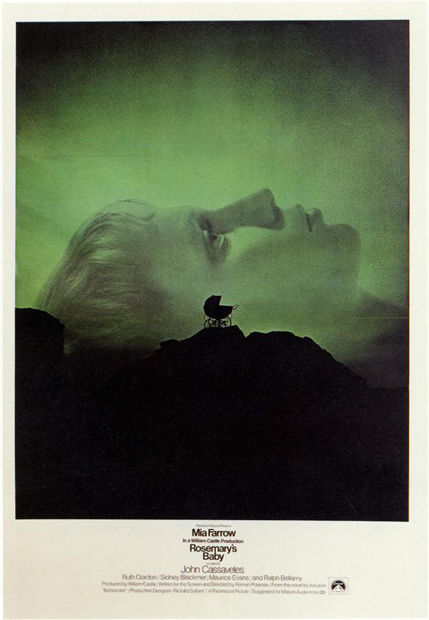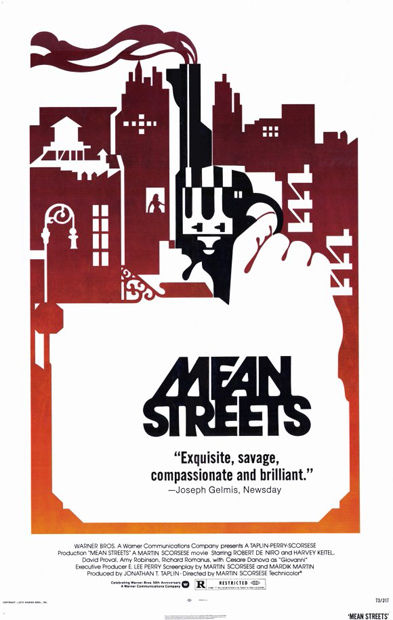Bout a mile off old mill road In that spot nobody knows, park the truck and we take off running. Hurry up, girl I hear the weekend.
Enjoy this one-take funny/sad short (thanks, K):
Did Wes Anderson design North Korea? (Thanks, J.)
Bruce Lee Jnr:
This is quite fun:
Dude dancing in car (thanks, T):
Headfucking paradoxes (thanks, K).
Great shots of English cities in the 70s (thanks, T).




